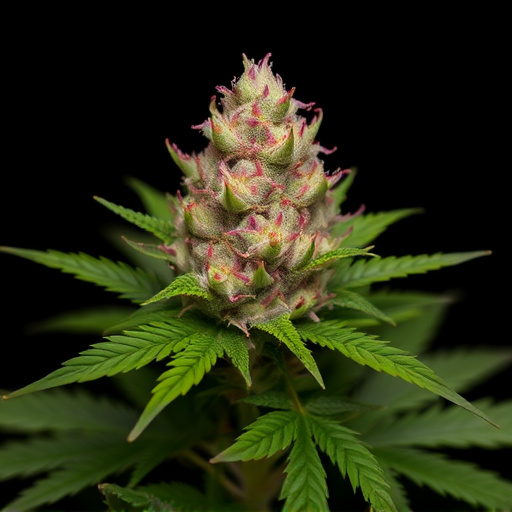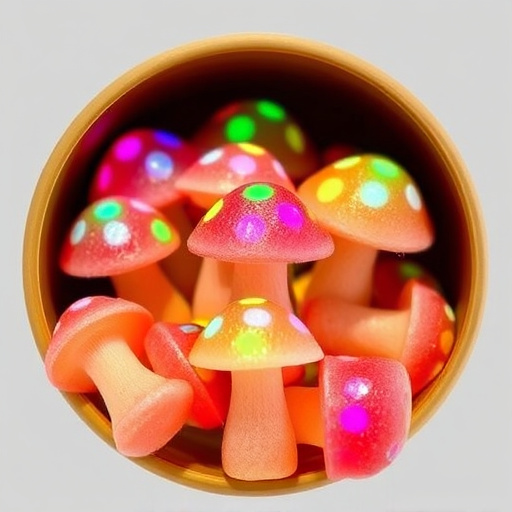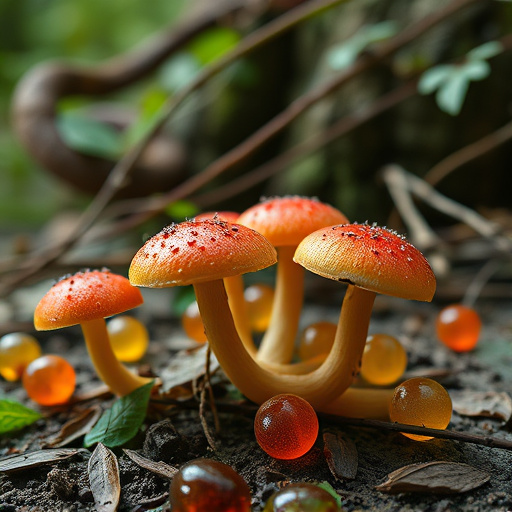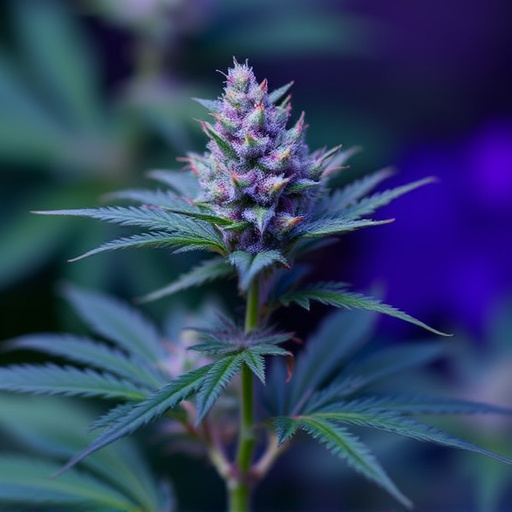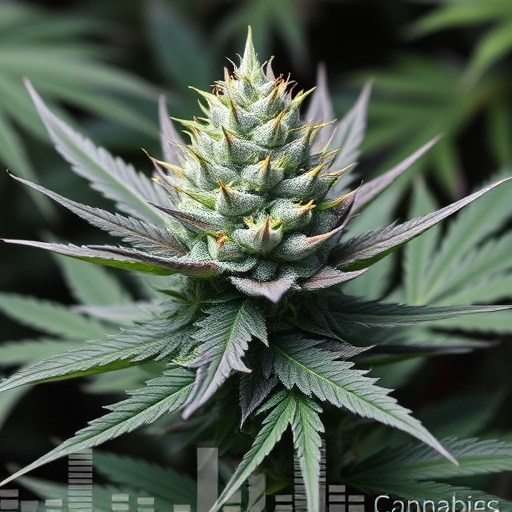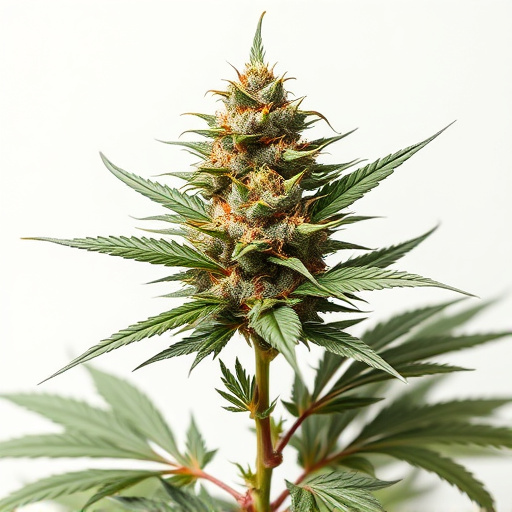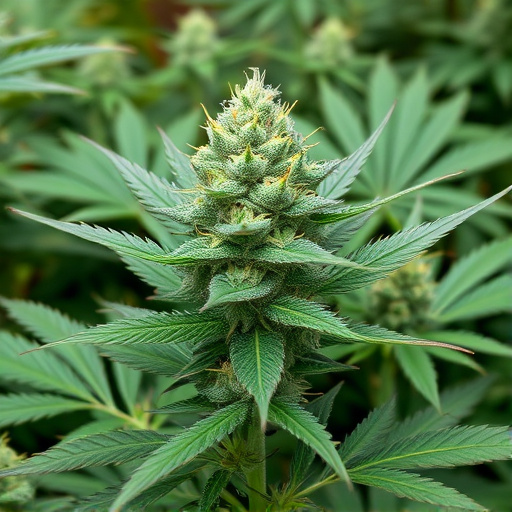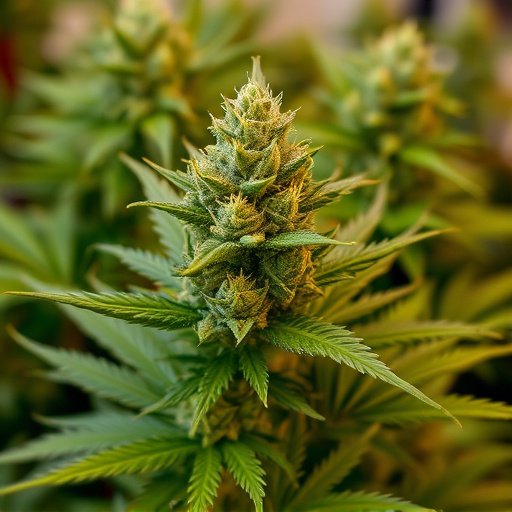Terpenes, the aromatic compounds giving cannabis its unique "smell," are key to understanding the sensory experiences offered by original strains. Beyond their olfactory and flavor contributions, terpenes interact with cannabinoids to modify user effects and play vital roles in the plant's survival. Historical original strains, grown in remote regions, had distinct terpene profiles offering therapeutic benefits ranging from relaxation to energy. Modern cannabis enthusiasts can now enjoy a diverse array of strains rooted in this history, each providing specific sensory experiences and potential health benefits, with terpenes like myrcene, limonene, and pinene offering targeted support for mood, sleep, stress, and inflammation.
Terpenes, the aromatic compounds in cannabis flower, play a pivotal role in shaping the sensory experience. Beyond their contribution to scent and flavor, terpenes offer therapeutic benefits, interacting synergistically with cannabinoids to enhance health and well-being. This article explores the significance of terpenes, delving into original strains of cannabis and their distinctive terpene profiles, while highlighting how these chemical contributions unlock a richer understanding of cannabis’ potential.
- The Role of Terpenes in Cannabis Flower: Unlocking the Sensory Experience
- Original Strains and Their Unique Terpene Profiles: A Journey Through History
- Understanding Terpene Benefits: Enhancing Health and Well-being with Cannabis
The Role of Terpenes in Cannabis Flower: Unlocking the Sensory Experience

Terpenes, often referred to as the “aromas” of cannabis, play a pivotal role in shaping the sensory experience of original strains of cannabis. These organic compounds, produced by the plant itself, contribute significantly more than just scent. They interact with the cannabinoids present in the flower, enhancing or altering the effects felt by consumers. For instance, myrcene, known for its earthy and musky notes, is often associated with inducement of relaxation and sleep. Similarly, limonene, with its bright citrus aroma, can uplift mood and stimulate mental clarity.
The complexity lies in the diverse terpene profiles found across different cannabis varieties. Each strain boasts a unique combination, creating a sensory journey that goes beyond mere intoxication. Terpenes also play a crucial role in attracting pollinators and deterring predators, highlighting their essential place within the plant’s evolutionary strategy. Understanding these chemical contributions offers cultivators and consumers a deeper appreciation for the multifaceted nature of original cannabis strains.
Original Strains and Their Unique Terpene Profiles: A Journey Through History
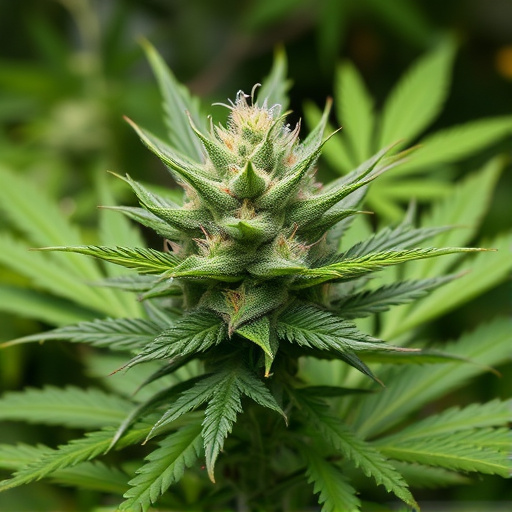
The original strains of cannabis, meticulously cultivated over centuries, hold a special place in the plant’s history. Each strain boasts a unique terpene profile—a chemical makeup that contributes to the plant’s distinct aroma and potential therapeutic effects. These early varieties, often grown in remote regions, were revered for their diverse properties, from relaxing and calming to energizing and euphoric.
Through the ages, breeders have sought to capture and preserve these original terpene profiles, aiming to recreate the potent and nuanced experiences associated with historic strains. This journey has led to a deeper understanding of cannabis’ complexity and the intricate relationship between terpenes, cannabinoids, and the human body. As a result, modern cannabis enthusiasts can enjoy a vast array of strains, each offering its own unique sensory adventure and potential health benefits.
Understanding Terpene Benefits: Enhancing Health and Well-being with Cannabis
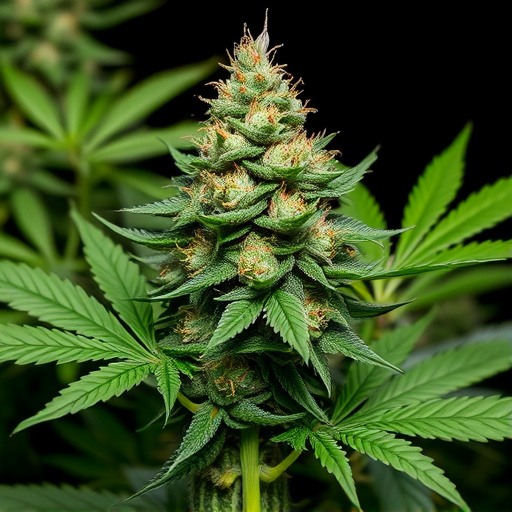
Terpenes, often overshadowed by cannabinoids like THC and CBD, are aromatic compounds present in various plants, including original strains of cannabis. These compounds play a pivotal role in enhancing the therapeutic potential of cannabis for health and well-being. Beyond their contribution to the distinct scent and flavor profiles of different strains, terpenes have been found to interact with the body’s endocannabinoid system (ECS), which regulates mood, memory, appetite, and pain perception.
Research suggests that specific terpenes can offer a range of benefits. For instance, myrcene is known for its sedative properties, making it potentially useful for insomnia or anxiety relief. Limonene boosts mood and may aid in stress reduction while pinene possesses anti-inflammatory and antimicrobial effects. Understanding the unique benefits of these compounds allows cannabis users to make more informed choices, tailoring their experience to specific health goals and enhancing overall wellness.
Terpenes play a pivotal role in shaping the sensory experience of cannabis flowers, contributing to their unique aromas, flavors, and potential therapeutic benefits. Exploring the intricate relationship between terpenes and cannabinoids offers a deeper understanding of why different original strains of cannabis have distinct effects on users. By recognizing the impact of terpene profiles, consumers can make more informed choices, enhancing both their overall enjoyment and well-being.


